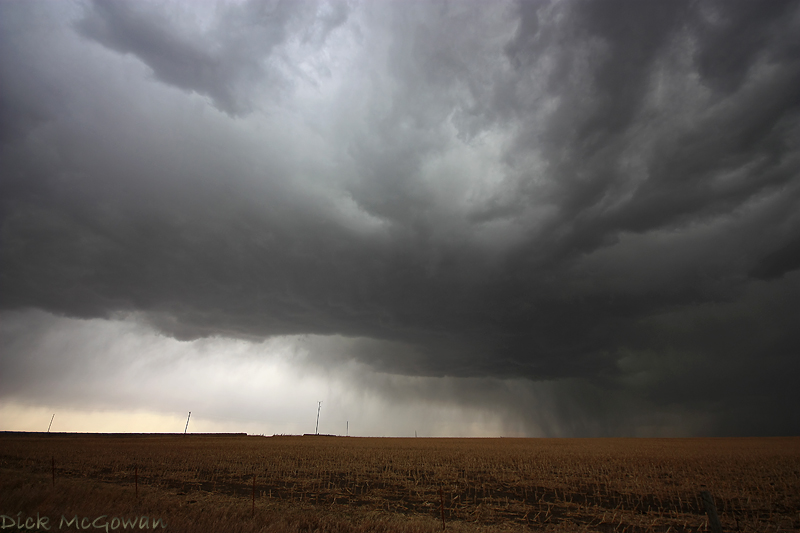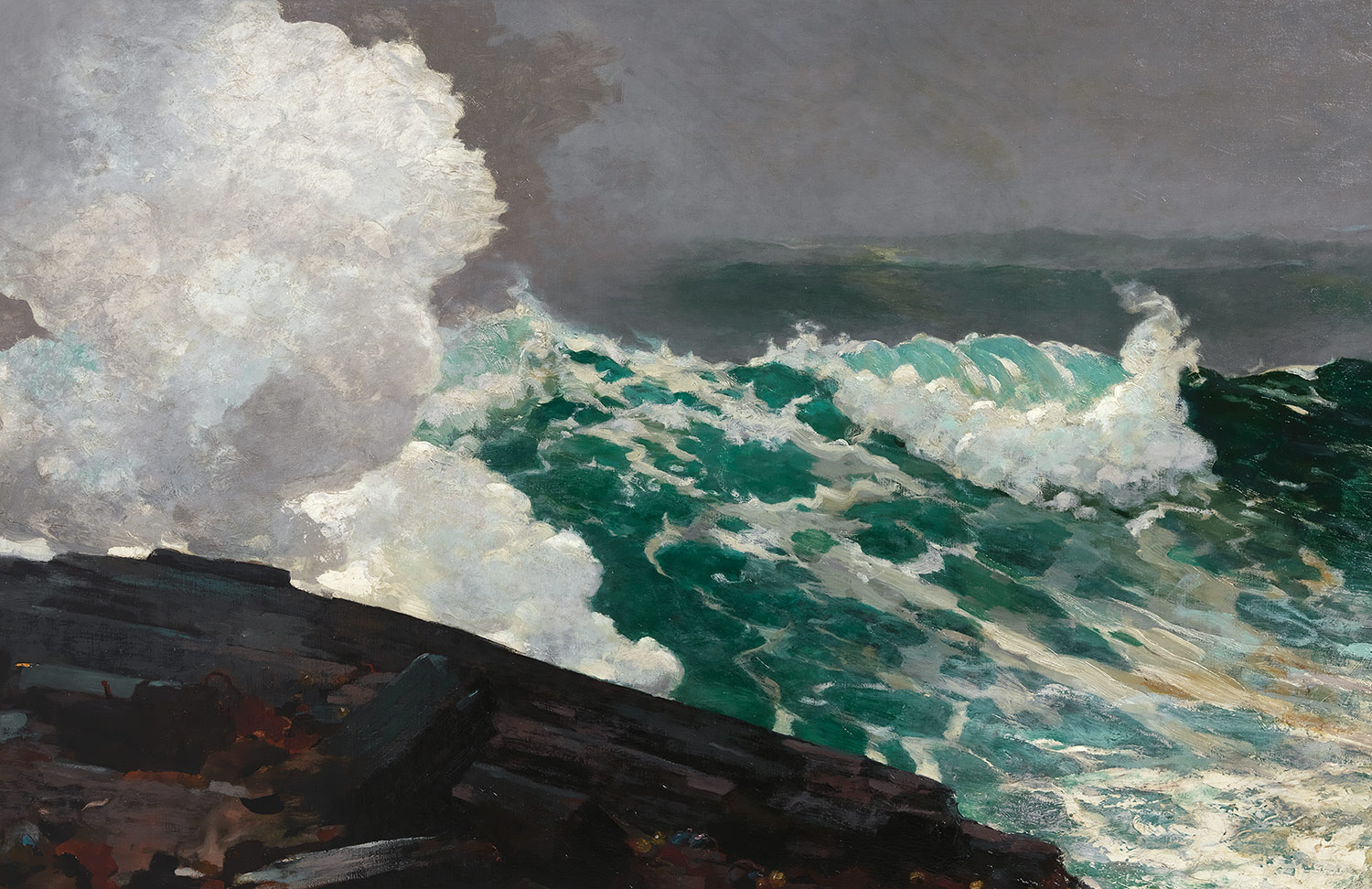Bill Holm's variations on a theme is titled "Music of Failure," but those variations are not all precisely failure. He points to death which some might identify as the ultimate failure. Perhaps loss is a more general category that includes death. Whether every loss is a sort of failure I"m not certain though I have a hunch that from the most mundane inability to locate my car-keys to the specter of death that lurks in the news of a contemporary's cancer diagnosis there is a confrontation with human limitations.
In this poem, one of my favorites by this fine poet, Mary Oliver writes that on the "other side of the black river of loss" is salvation. And she counsels the necessity of honest acknowledgement of mortality, of loving what can not last, and of being able to relinquish what is finished. Not easy advise to follow, but wise, oh so wise.
Look, the trees
are turning
their own bodies
into pillars
of light,
are giving off the rich
fragrance of cinnamon
and fulfillment,
the long tapers
of cattails
are bursting and floating away over
the blue shoulders
of the ponds,
and every pond,
no matter what its
name is, is
nameless now.
Every year
everything
I have ever learned
in my lifetime
leads back to this: the fires
and the black river of loss
whose other side
is salvation,
whose meaning
none of us will ever know.
To live in this world
you must be able
to do three things:
to love what is mortal;
to hold it
against your bones knowing
your own life depends on it;
and, when the time comes to let it go,
to let it go.
















